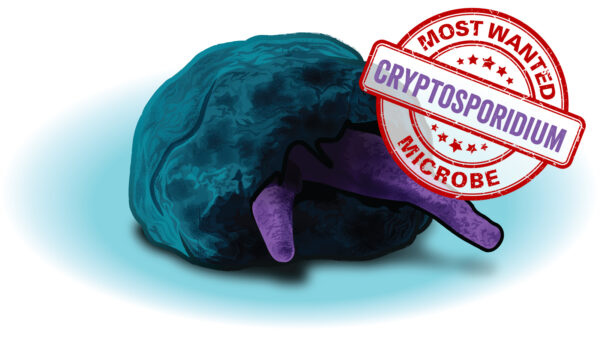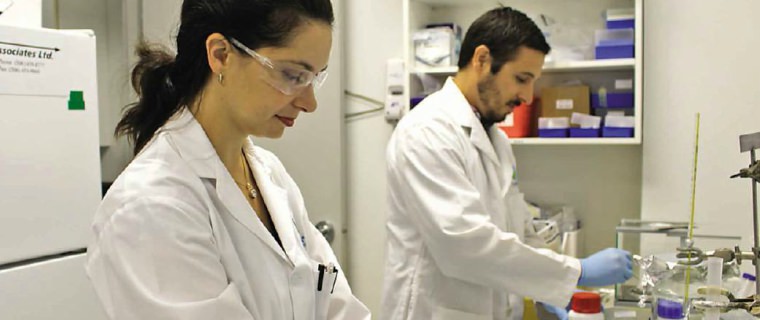From the editor:
This is the sixth post in an ongoing series profiling microorganisms of particular significance in water and wastewater systems. In this series we will cover microorganisms of many types including some that are beneficial, inhibitory and pathogenic.
Cryptosporidium, commonly known as Crypto, is a cyst-forming parasite commonly associated with the faecal matter of mammals. Though immunocompromised people can be particularly affected, Crypto can cause severe gastrointestinal illness in many mammals that ingest water (or food, or in extreme cases, air) contaminated with this organism. Crypto is one of the most common waterborne pathogens around the world and has been responsible for some of the most significant acute waterborne illness outbreaks in modern times.
Parasites like Cryptosporidium are quite common in natural bodies of fresh water, meaning that municipalities relying on surface water sources may be at particular risk. To mitigate this risk, it is common to use a combination of filtration and strong primary disinfectants such as ozone, chlorine dioxide, and ultraviolet irradiation (Note: Crypto cysts are resistant to free chlorine). Having these barriers in place at adequate levels at all times is extremely important, because Crypto can cause rapid and far-reaching outbreaks such as in the 1993 Milwaukee Water Crisis. Such outbreaks can cost public utilities millions of dollars per day, to say nothing of the illnesses caused.
Detection of Crypto and similar parasites like Giardia can be challenging. While the parasites and their cysts are relatively large, their appearance in water samples can be erratic. As a consequence, monitoring techniques for Crypto and other parasites are limited both in terms of options (e.g. microscopic examination) and frequency of use (e.g. quarterly or annually). Regulations such as the USEPA Surface Water Treatment rule provide utilities with recommendation for how to establish a multi-barrier treatment approach to protect against Crypto and other parasites. Newer tools such as 2nd Generation ATP and DNA-based techniques – like next-generation sequencing – provide easier methods for utilities to identify risks and improve protection even further.
Notable Outbreaks:
Milwaukee, USA, 1993
Cause: Drinking water contaminated with Crypto due to inadequate treatment. The source of Crypto is unknown (potentially agricultural runoff or wastewater contamination of source water).
Outcome: 403,000 people were infected resulting in at least 54 deaths
North Battleford, Canada, 2001
Cause: Drinking water contaminated with Crypto due to inadequate treatment. The source was determined to be a wastewater treatment plant which discharged 3.5 km upstream.
Outcome: 5800-7100 people were infected









